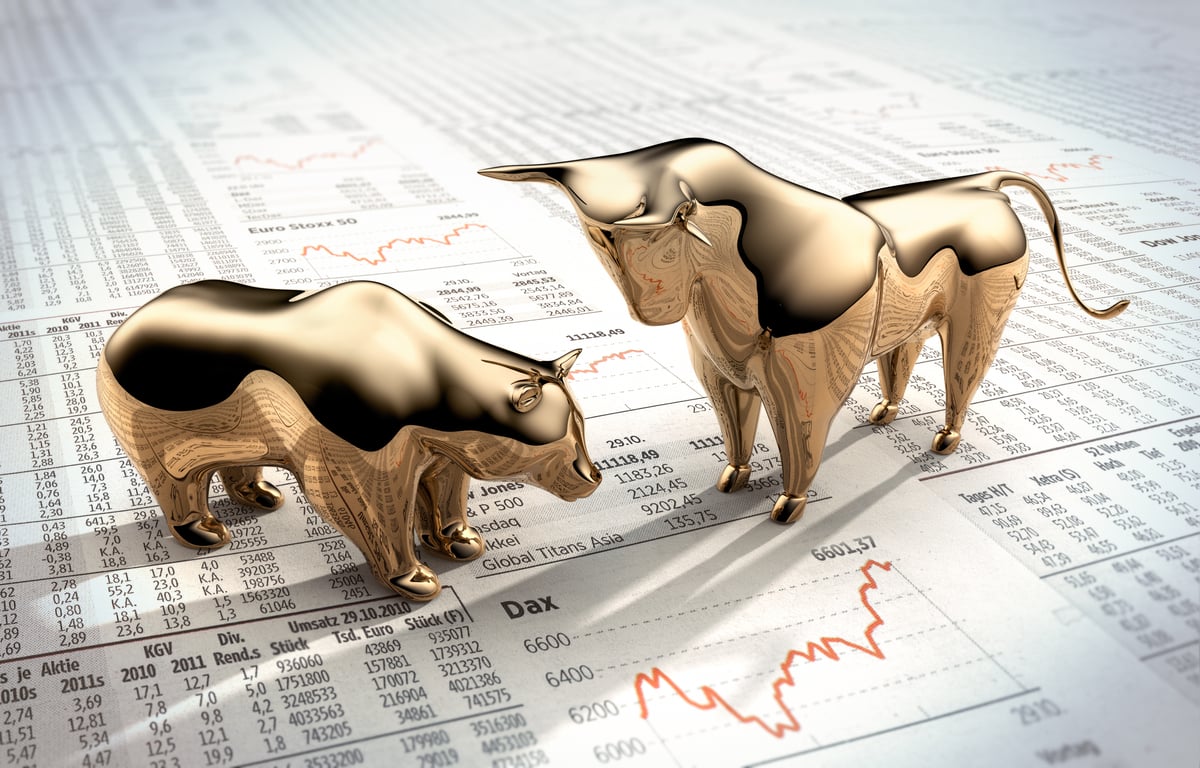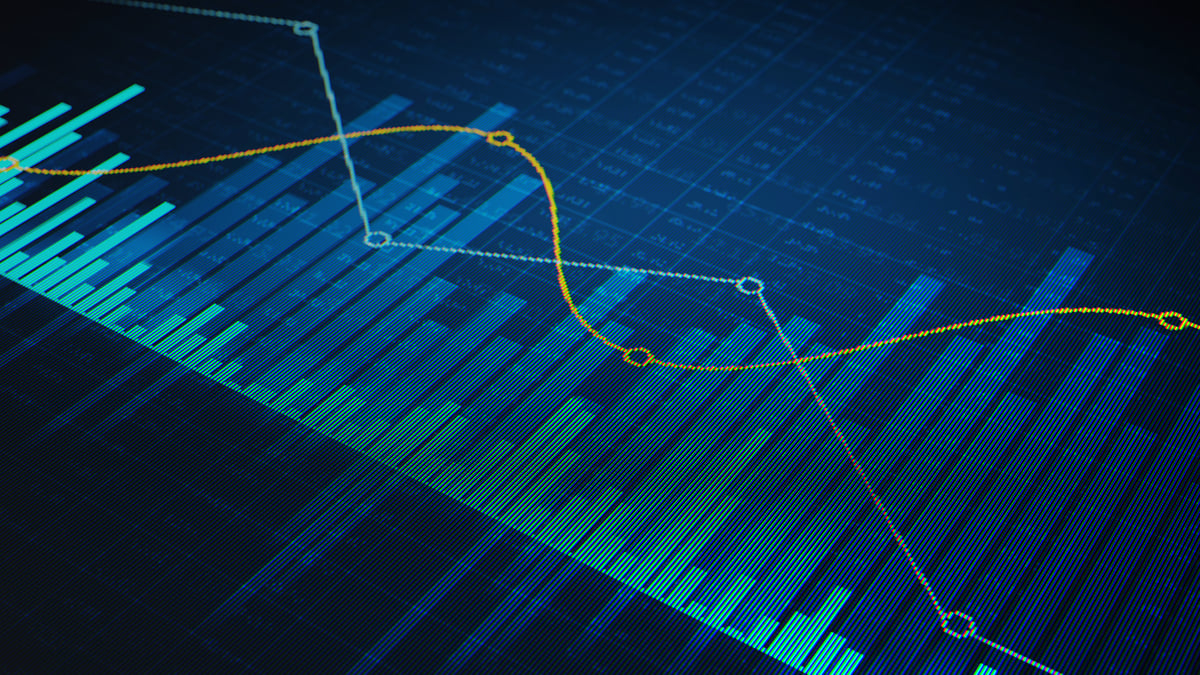As most investors are keenly aware, the benchmark S&P 500 (^GSPC +0.75%) index has been hitting new all-time highs in 2025, extending a streak that has lasted since late 2022. A big part of this run has to do with several high-flying artificial intelligence stocks that investors can't seem to get enough of, pushing their market caps over $1 trillion and to multitrillion-dollar levels for some.
Given the big run, many investors have turned bearish, and there are many indicators suggesting the market is indeed overvalued. One indicator in particular shows the broad market is doing something it hasn't done in over half a century, which could signal a big move to come for stocks in 2026.

Image source: Getty Images.
The S&P 500 is no longer that diverse
A big reason that financial advisors often tell retail investors to invest in the S&P 500 is because history has shown that over a long period of time, the broad-market index will generate solid returns. Advisors would also tell you that investing in roughly 500 large-cap stocks with exposure to various sectors is a good way to diversify your holdings.
But as the S&P 500's largest constituents have surpassed $1 trillion in value, the market-cap-weighted index has allocated a higher weighting to these nine stocks, which include Nvidia, Microsoft, Apple, Amazon, Meta Platforms, Broadcom, Alphabet, Tesla, and Berkshire Hathaway. In fact, these nine stocks now make up over 38% of the S&P 500.
S&P Global tracks an S&P 500 concentration measure, which is "calculated as the ratio of index weighted average company total market capitalization to the (unweighted) average total market capitalization among constituents."
Put simply, this measure compares the simple average market cap of companies in the S&P 500 to the weighted average of the same companies (based on their index weighting). The higher the resulting figure is, the more concentrated the S&P 500 is because that means the index-weighted number is that much larger than the equal-weighted number.
As of this writing, my calculations show the ratio has risen to 10.67. According to S&P Global, this is the highest the ratio has been since 1970, or in over 55 years. The ratio is even higher than what was seen during the dot-com bubble a quarter century ago.
Why it could signal a big move in 2026
This level of concentration could signal big market moves in 2026 for a few different reasons. Any significant movement among the nine trillion-dollar stocks will have an outsized effect on the index overall. Many analysts expect the earnings of these companies to keep growing, which in turn would move their stock prices higher. If these nine stocks keep climbing, the market is likely to follow.
However, if these companies disappoint in 2026, or if it turns out the artificial intelligence infrastructure spending boom is less sustainable than investors believe, any sell-off among these stocks will drag the S&P 500 down with them.
A third possibility is that investors grow concerned enough by the elevated valuations at the top of the S&P 500 to transfer their money to more reasonably valued stocks within the index.

SNPINDEX: ^GSPC
Key Data Points
And these aren't the only possibilities for where the S&P 500 might go in 2026, making near-term market moves that much harder to predict.
However, if investors are worried about how top heavy the index has become, they can invest in an equal-weighted S&P 500 exchange-traded fund. This ETF may not enjoy the same gains if the market's biggest companies keep rising, but the reduced concentration also means it's likely to experience less volatility in the event of a correction.














